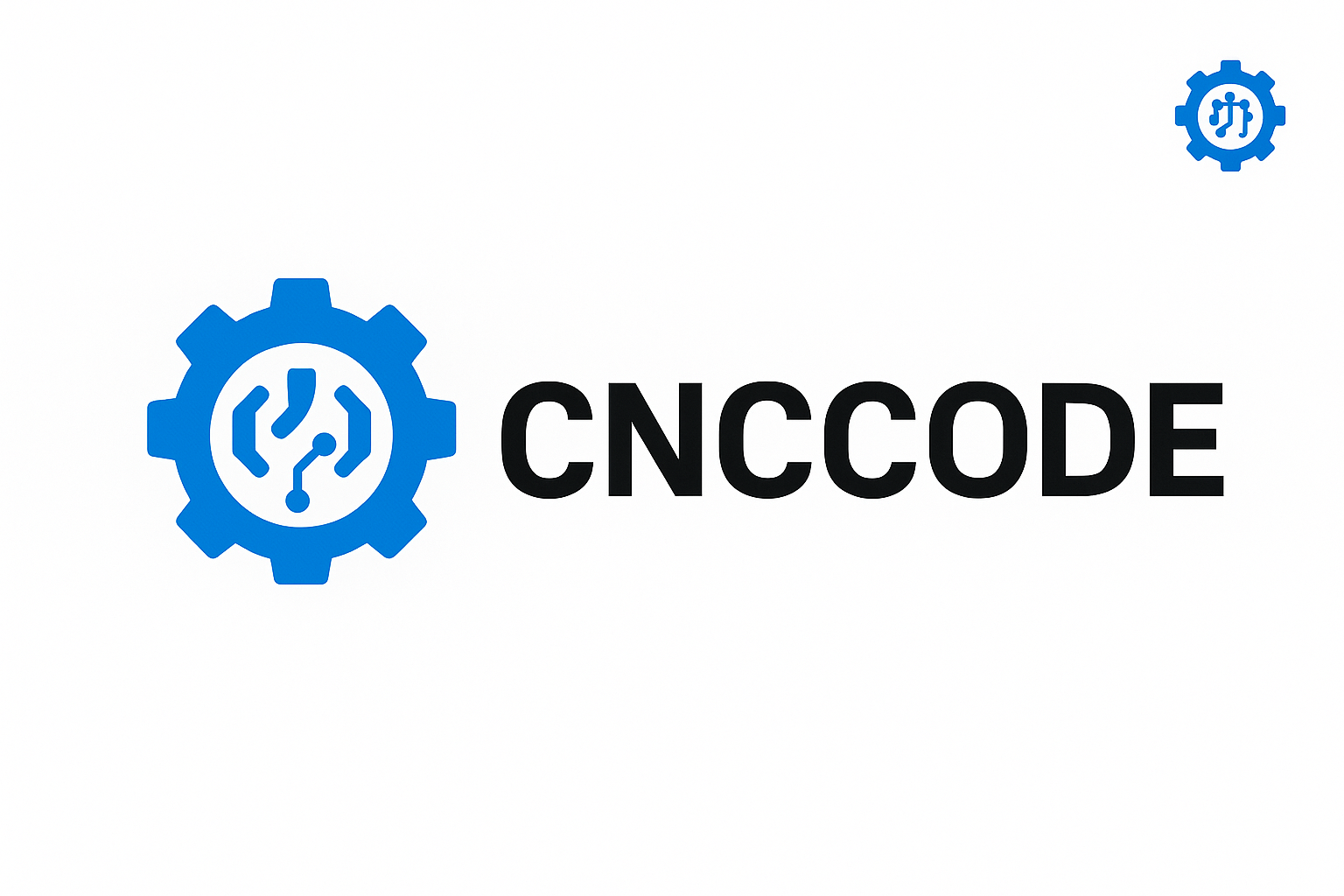
Explore the world of CNC turning inserts with this in-depth guide. Learn about different insert shapes, coatings, cutting geometries, and their applications in precision metalworking.
Understanding CNC Turning Inserts: A Guide to Insert Types, Geometry, and Applications
CNC turning inserts are the unsung heroes of the machining world. These small, replaceable cutting tools are responsible for shaping, profiling, and finishing millions of components with precision. The image above provides a stunning visual breakdown of various CNC turning inserts positioned around a rotating part — a likely simulation of multi-tool operations on a CNC lathe.
🔧 What Are CNC Turning Inserts?
Turning inserts are replaceable cutting tips mounted on tool holders used in CNC lathes and turning centers. Typically made from materials like carbide, ceramic, cermet, or polycrystalline diamond (PCD), these inserts are engineered to cut metal efficiently and consistently.
📐 Types of Insert Shapes and Their Meaning
The image showcases various insert shapes — each representing a different use case:
- Diamond (Rhombic) Inserts: Common for profiling and fine finishing due to their sharp angles.
- Triangular Inserts: Offer multiple cutting edges and are used for general-purpose turning.
- Square Inserts: Ideal for heavy roughing due to strong cutting corners.
- Rectangular/Grooving Inserts: Used for parting, slotting, or grooving applications.
🧪 Insert Coatings and Color Codes
Notice the golden and copper-colored coatings in the image. These aren’t aesthetic — they serve critical functions:
- Gold Coating (TiN, TiAlN): Enhances wear resistance and provides high heat tolerance.
- Copper or Bronze Coating (CVD Coated): Used for tough materials and dry machining.
Each coating affects friction, heat dissipation, and tool life.
⚙️ Understanding Insert Geometry
Each insert has specific geometries for chip control, cutting depth, and feed rates. Some of the notable features visible in the image:
- Positive Rake Angles: Reduce cutting forces and are ideal for soft materials.
- Negative Rake Angles: Increase tool strength for hard metals.
- Wiper Geometry: Enhances surface finish at higher feed rates.
🧰 Application of Each Insert Type
Each insert type in the image aligns with particular machining operations:
| Insert Shape | Typical Use | Recommended Operation |
|---|---|---|
| Diamond (55° / 80°) | Profiling, finishing | Turning, facing |
| Triangle (60°) | General purpose cutting | Roughing, finishing |
| Square | Heavy-duty machining | Rough turning |
| Grooving Inserts | Cutting slots | Parting, grooving |
📏 Toolholder and Insert Fit
These inserts are clamped into specially designed toolholders. The fit must be secure to avoid vibration, chatter, or tool failure. Some toolholders use top clamps; others use wedge-style or screw-on types. Insert shape compatibility with the toolholder is critical for stable machining.
🧠 Best Practices for CNC Turning Insert Selection
Choosing the right insert depends on the material, desired surface finish, production volume, and machining strategy. Follow these best practices:
- Select coated inserts for high-speed operations or abrasive materials.
- Use positive rake angles for aluminum, brass, and soft alloys.
- Choose strong edge inserts for interrupted cuts or hardened steel.
- Ensure proper coolant application or dry machining support as needed.
- Monitor insert wear patterns for predictive tool replacement.
📊 Insert Performance and Life
Insert life is determined by multiple factors including material hardness, speed/feed, depth of cut, and chip evacuation. Refer to the manufacturer’s charts to optimize your parameters. Overusing worn inserts reduces accuracy and increases tool pressure.
🔄 Future of CNC Inserts: Smart Tooling
Modern CNC turning is evolving towards sensor-integrated inserts and adaptive tooling systems capable of detecting wear, temperature, and vibration. This allows for automated tool change alerts and real-time performance monitoring, boosting efficiency and reducing downtime.
🎯 Conclusion
The image offers a layered perspective on the versatility and precision of CNC turning inserts. Each insert plays a unique role in material removal and finishing. Understanding their differences — shape, coating, geometry, and application — helps machinists and engineers unlock the full potential of their CNC machines.
Whether you’re roughing a stainless steel shaft or fine-finishing a brass fitting, selecting the right insert is key to achieving high-quality results and optimizing tool life. Stay sharp, choose wisely, and machine smarter.


Leave a comment